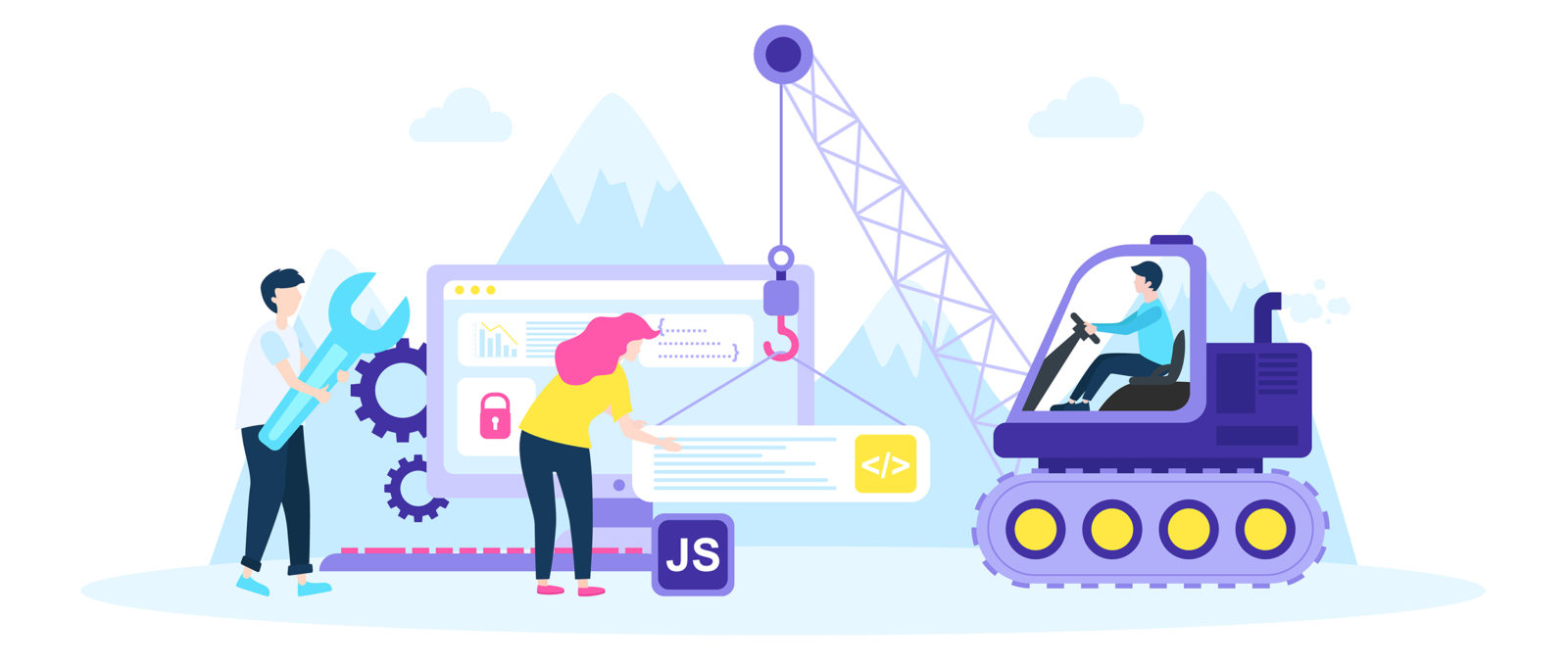Interested In Learning How Website Design Has Progressed? Take A Journey Via The Change
Interested In Learning How Website Design Has Progressed? Take A Journey Via The Change
Blog Article
Post Composed By-Kinney Peters
In the past, sites were straightforward and concentrated on information. Navigation was direct, and design was for desktops. Now, customer experience is vital. Information overviews styles for very easy navigating. Receptive designs match various gadgets. Today, dark mode decreases stress, and minimalist food selections boost navigating. Interactive features involve customers, and vibrant visuals stand out. AI integration improves engagement. See just how design has actually progressed to improve your online trip.
Early Days of Website Design
In the very early days of web design, simpleness reigned supreme. Websites were fundamental, with minimal colors, fonts, and formats. The focus was on giving info rather than showy visuals. Customers accessed the internet with slow-moving dial-up links, so rate and capability were crucial.
Navigation food selections were straightforward, typically located on top or side of the web page. Internet sites were created for home computer, as mobile browsing had not been yet widespread. Content was king, and designers focused on very easy readability over complicated layout aspects.
HTML was the main coding language made use of, and designers needed to work within its restraints. Animations and interactive features were very little contrasted to today's criteria. Internet sites were fixed, with little vibrant web content or personalized user experiences.
Rise of User-Focused Layout
With the evolution of internet site layout, a change towards user-focused layout principles has actually ended up being progressively noticeable. Today, developing web sites that prioritize customer experience is vital for engaging site visitors and attaining business goals. User-focused layout includes understanding the demands, preferences, and actions of your target market to customize the website's format, content, and features accordingly.
Developers currently conduct thorough research, such as user surveys and use testing, to gather insights and responses directly from individuals. This data-driven approach helps in developing instinctive navigation, clear calls-to-action, and visually appealing interfaces that resonate with site visitors. By https://www.franchisetimes.com/franchise_technology/franchisors-share-tips-to-improve-digital-marketing-results/article_cab7d3da-d6f0-11ec-a5c9-ef5699c80124.html at the facility of the layout process, websites can deliver a more personalized and delightful experience.
Responsive layout has additionally emerged as a vital facet of user-focused layout, making certain that web sites are optimized for numerous tools and display dimensions. This adaptability improves accessibility and use, catering to the varied methods users connect with internet sites today. Fundamentally, the increase of user-focused style represents a shift towards producing electronic experiences that prioritize the needs and assumptions of the end user.
Modern Trends in Website Design
Check out the current fads shaping web design today. One prominent trend is dark mode design, supplying a sleek and modern-day look while reducing eye pressure in low-light atmospheres. One more crucial pattern is minimal navigation, streamlining food selections and enhancing user experience by concentrating on essential elements. Including micro-interactions, such as computer animated buttons or scrolling impacts, can develop a more engaging and interactive web site. Responsive style remains essential, ensuring smooth individual experiences throughout different devices. Furthermore, utilizing strong typography and unbalanced designs can include aesthetic rate of interest and draw attention to certain web content.
Incorporating AI innovation, like chatbots for customer support or personalized referrals, improves user interaction and simplifies procedures. Accessibility has likewise come to be a significant trend, with developers focusing on comprehensive design techniques to deal with varied individual requirements. Welcoming sustainability by maximizing web site efficiency for speed and efficiency is one more emerging pattern in website design. Working together with individual comments and data analytics to iterate and enhance layout continually is crucial for remaining appropriate in the ever-evolving electronic landscape. By welcoming these modern patterns, you can produce a visually attractive, easy to use site that reverberates with your audience.
Verdict
As you reflect on the advancement of website layout from the early days to now, you can see how user-focused design has actually become the driving pressure behind contemporary patterns.
Welcome the trip of modification and adjustment in website design, always keeping the user experience at the forefront.
Tippingpointdigital
Remain existing with the latest patterns and innovations, and never ever quit advancing your strategy to produce visually magnificent and easy to use internet sites.
Progress, adjust, and produce - the future of web design is in your hands.
